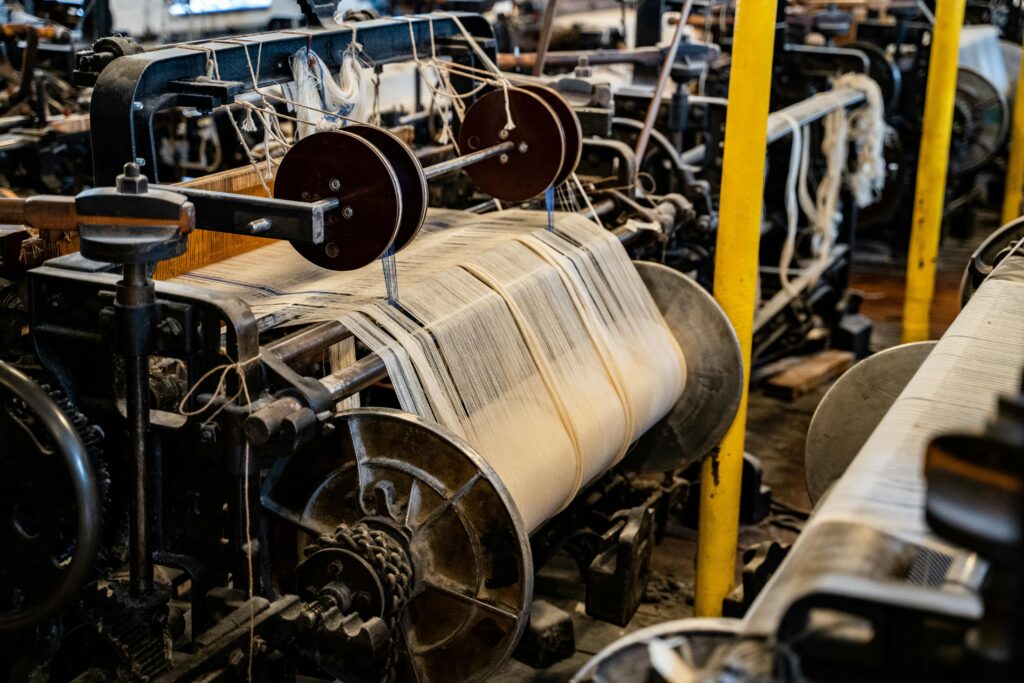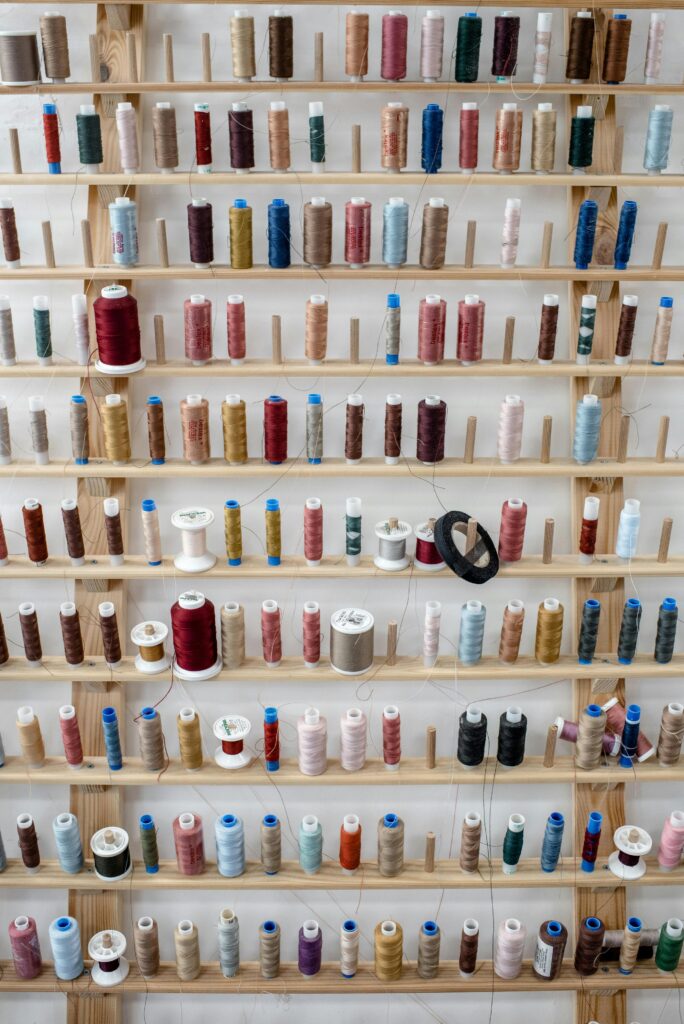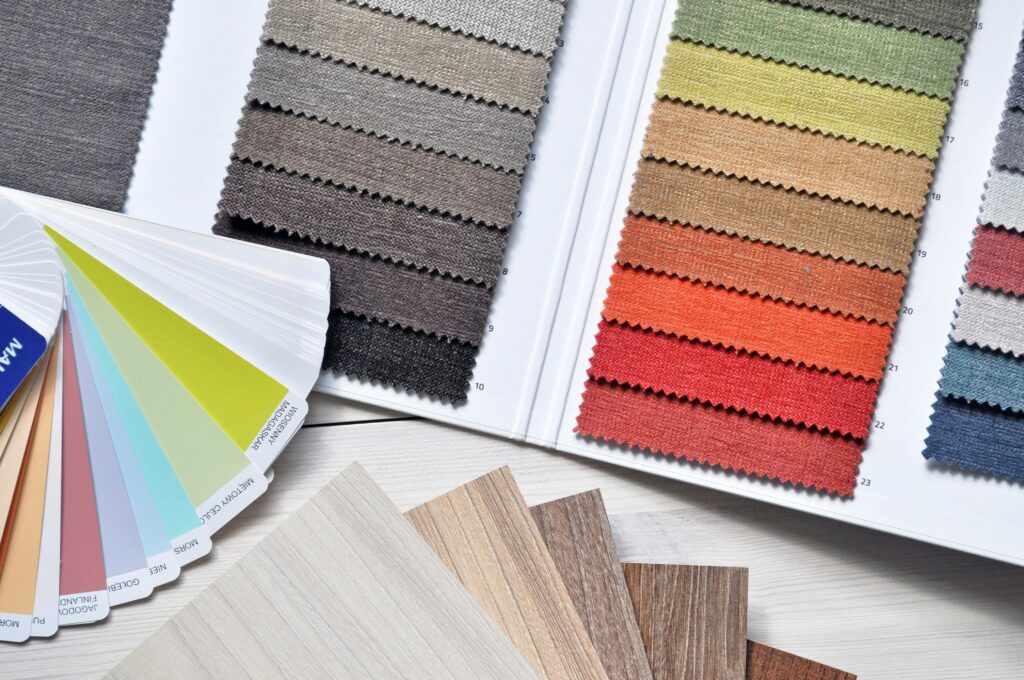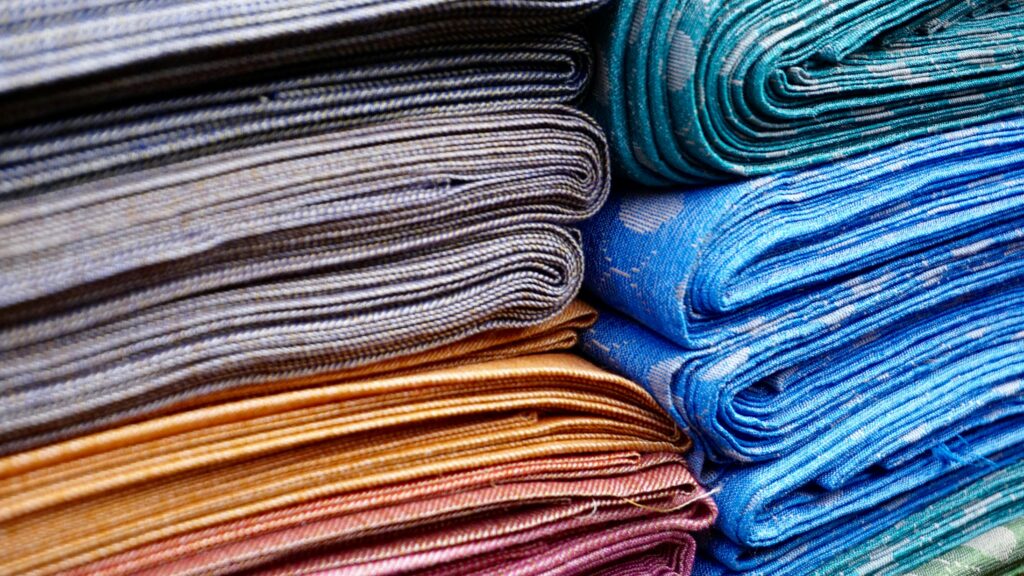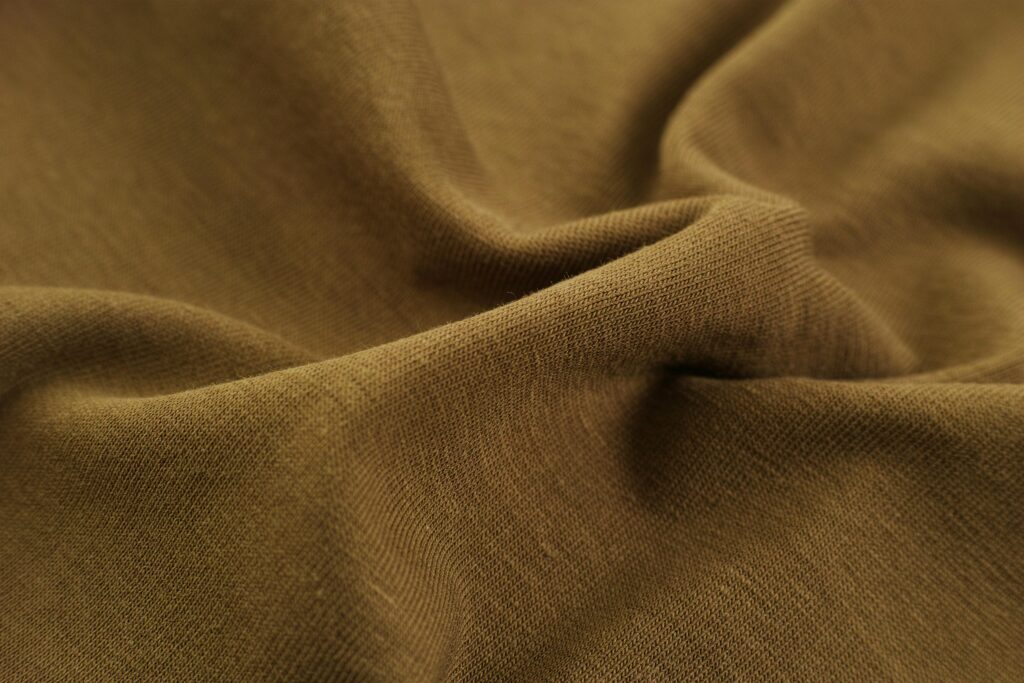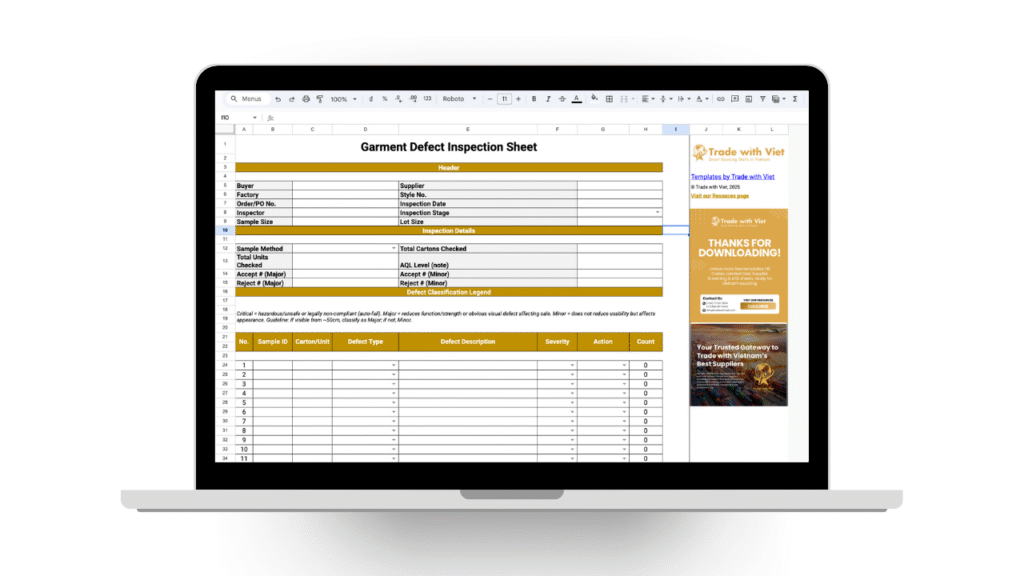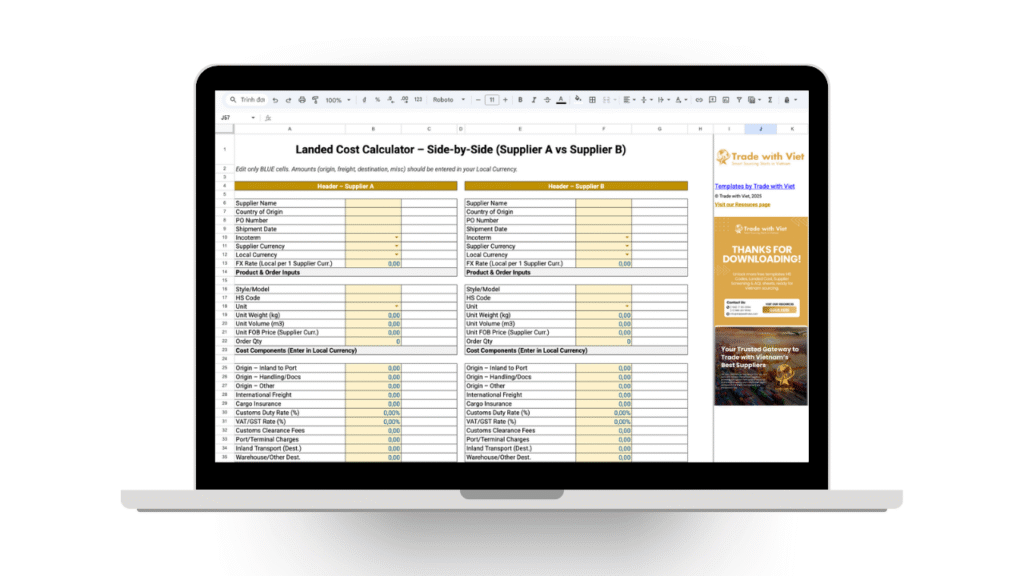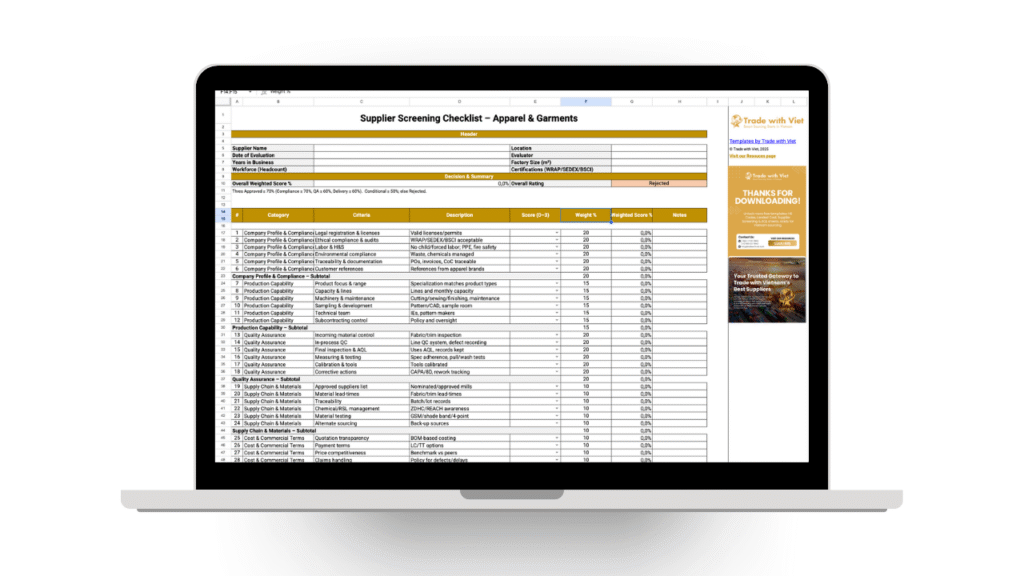What is AQL? It’s Risk Management.
You can’t check 15,000 shirts one by one. AQL uses statistical sampling to judge the whole lot from a small, random sample — balancing quality control with reality on the factory floor.
Critical Defects
0%
Hazardous/unsafe. One is enough to fail the entire lot.
Major Defects
2.5%
Likely customer return. Affects appearance or use.
Minor Defects
4.0%
Small imperfections customers rarely notice.
The 6-Step AQL Inspection Flow
From a huge lot to an “Accept/Reject” decision — fast and defensible.
Gather Info
Get Code Letter
Find Sample Size
Inspect Sample
Classify Defects
Make the Call
A Practical Example: 15,000 Polo Shirts
See the sample size & the pass/fail thresholds at a glance.
From Lot to Sample
Lot size 15,000; Inspection Level II → inspect only a fraction.
Accept vs. Reject Thresholds
For a sample of 315 units, the difference between pass and fail can be a single defect.
On The Floor: Defect Classification
Align your team on definitions to keep calls consistent.
⚠️ Critical
- Broken needle in garment
- Sharp objects in packaging
- Incorrect flammability labels
- Evidence of mold or infestation
❌ Major
- Large, noticeable stain or hole
- Open seam or broken stitches
- Non-functioning zipper/button
- Measurement out of tolerance
- Significant color mismatch
- Missing brand or care label
➖ Minor
- A few untrimmed threads
- Small, inconspicuous spot
- Slight seam puckering
- Single skipped stitch
